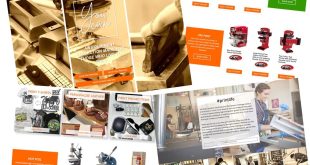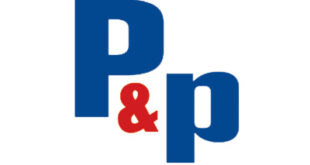
On Tuesday, January 17, Colormaker Industries, the manufacturers of Permaset Inks, passed the milestone of 500 tonnes of greenhouse gases (GHGs) saved through the electricity produced from its 100kW solar array.
That was a day short of 40 months since the array was first powered up on September 18, 2019, during Australia’s Black Summer bushfires. Since then, despite first the smoke of the bushfires and then three successive years of La Niña rainfall, the solar array has pushed out clean electricity every single day, culminating in this achievement.
The installation of their solar array proved to be a starting point for the Colormaker business, which has now followed up with three EVs for deliveries and staff transport, an electric forklift (no more LPG on site), a more energy efficient air compressor, a small battery to soak up some of the surplus electricity, and even more in the wings.
The solar array was originally designed to produce around twice as much electricity as the business needed. However, being a producer made Colormaker a lot more conscious of its own use. The new compressor was the biggest factor in getting overall electricity usage down 20%.
David Stuart, managing director, said: “Having such a huge energy surplus has been a great enabler for Colormaker.
“Notwithstanding the very real effects of La Niña, we now produce 2.2 times as much electricity as we use. If the sun comes out and stays out, we might get that up to 2.4. Even so, for every single kWh that we’ve purchased over the past 12 months, we put 4.44kWh into the grid. Since the battery went in, we’ve also been able to bring our demand down to 1/7 of what it was when we first installed solar, taking further strain off the grid.
“Our current projects on-site are working towards eliminating buying any electricity during the evening peak and to improving self-sufficiency; the first battery is moving us rapidly in that direction. Against an historical self-sufficiency average of 65% (we could still only supply 65% of our electricity needs), for November/ December we achieved a record 83.5% and expect that to be bettered in January. Once we install our big battery, we’re confident that we’ll get above 90%, possibly even 95%.
“Looking beyond our own site, the use of one electric vehicle looks set to have saved four to five tonnes of GHGs p.a. from vehicle emissions vs a traditional ICE vehicle. To close out 2022, we acquired two more EVs but are really looking forward to the delivery of our Australian made big battery and Aussie made prototype delivery van – with a much bigger range and payload capacity, we see this vehicle as being a game changer.”
 Printwear & Promotion The Total Promotional Package
Printwear & Promotion The Total Promotional Package




